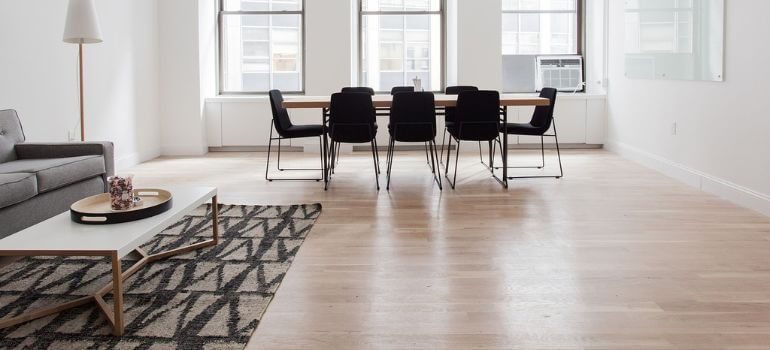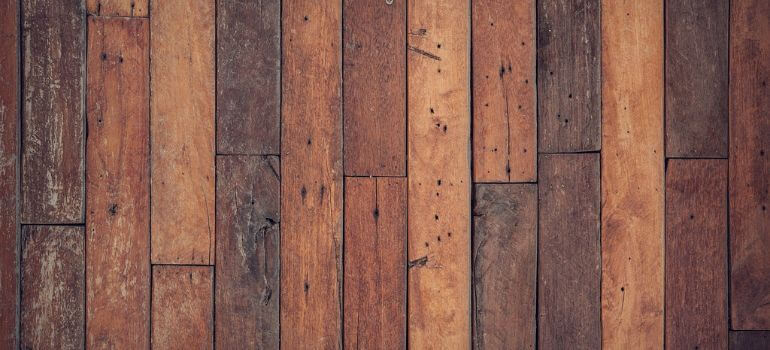Introduction
Wood is a timeless material that adds warmth and character to our living spaces. When it comes to choosing the perfect wood for your furniture and decor, the debate between mango wood and walnut wood often arises. In this article, we’ll dive into the characteristics, pros and cons, applications, and more, helping you make an informed decision on whether mango wood or walnut wood is the better choice for your needs.
Characteristics of Mango Wood
Origin and Features
Mango wood, sourced from the mango tree, is known for its unique grain patterns and natural variations. It’s a hardwood that offers a distinct and rustic appeal to any piece of furniture or decor.
Durability and Sustainability
Mango wood is durable, although not as hard as some other hardwoods. Its sustainability is a notable feature, as it often comes from trees that have completed their fruit-bearing lifespan.
Characteristics of Walnut Wood

Origin and Features
Walnut wood, on the other hand, hails from walnut trees and boasts a rich, dark color with a smooth, fine grain. Its luxurious appearance makes it a popular choice for high-end furniture.
Durability and Aesthetics
Walnut wood is a hardwood renowned for its durability. Beyond its strength, the deep hues and lustrous finish make it an aesthetically pleasing option for those seeking an elegant touch in their interiors.
Pros and Cons of Mango Wood
Advantages
Mango wood is more affordable than walnut, making it a budget-friendly choice for those who appreciate its natural beauty. Its lighter color also makes it suitable for a variety of design styles.
Disadvantages
However, mango wood may be more susceptible to scratches and dents compared to harder woods. Careful consideration of its application is essential.
Pros and Cons of Walnut Wood
Advantages
Walnut wood, with its high durability, offers longevity and resistance to wear and tear. The dark color is timeless, adding a touch of sophistication to any space.
Disadvantages
The main drawback is its higher cost, which may be a limiting factor for some. Additionally, it requires more care to maintain its appearance.
Applications of Mango Wood
Furniture
Mango wood is commonly used for crafting furniture pieces like tables, chairs, and cabinets due to its versatile nature.
Decor Items
Its unique grain patterns also make mango wood an excellent choice for decorative items such as bowls, vases, and wall art.
Applications of Walnut Wood
Furniture
Walnut wood’s luxurious appearance makes it a favorite for crafting high-quality furniture, particularly in settings where a touch of opulence is desired.
Decor Items
From intricate carvings to sleek modern designs, walnut wood is versatile and well-suited for various decor items, including frames and sculptures.
Choosing Between Mango and Walnut Wood
Considerations
When deciding between the two, consider factors such as budget, style preferences, and the intended use of the furniture or decor item.
Personal Preferences
Both woods offer unique qualities, so choosing the one that aligns with your personal tastes and the overall aesthetic of your space is crucial.
Maintenance Tips
Cleaning
Regular dusting and occasional polishing with a wood-friendly cleaner are recommended for both mango and walnut wood to maintain their beauty.
Polishing
Use a high-quality wood polish to enhance the natural luster of walnut wood, while mango wood may benefit from occasional applications of beeswax for added protection.
Sustainability Factor
Environmental Impact
Mango wood’s sustainability stems from its repurposing of trees that have completed their fruit-bearing life, contributing to eco-friendly furniture choices.
Long-Term Viability
Consider the long-term impact of your choice on the environment, as both mango and walnut wood can be sourced sustainably.
Cost Comparison
Initial Cost
Mango wood’s affordability makes it an attractive option for those on a budget, while walnut wood’s higher initial cost reflects its premium quality and luxurious appeal.
Long-Term Investment
Investing in walnut wood may be seen as a long-term investment due to its durability and timeless aesthetic, potentially outweighing the higher upfront cost.
Customer Reviews
Mango Wood Experiences
Gathering insights from individuals who have incorporated mango wood into their homes provides real-world perspectives on its durability, appearance, and overall satisfaction.
Walnut Wood Experiences
Similarly, understanding the experiences of those who have chosen walnut wood can offer valuable insights into its long-term performance and customer satisfaction.
Conclusion
In the eternal debate of mango wood vs. walnut, there is no one-size-fits-all answer. The choice ultimately depends on your preferences, budget, and the specific requirements of your space. Both woods bring unique qualities to the table, making them worthy contenders for elevating the aesthetics of your home.
FAQs
Both mango and walnut wood are durable, but walnut wood is known for its higher resistance to wear and tear.
Yes, mango wood is considered sustainable as it often comes from repurposed mango trees that have completed their fruit-bearing lifespan.
Yes, walnut wood requires regular maintenance, including dusting and polishing, to preserve its lustrous appearance.
While unconventional, mixing mango and walnut wood can create a unique and eclectic piece, but it’s essential to ensure a harmonious design.
Explore reputable furniture stores, both online and offline, that specialize in high-quality wood products. Additionally, consider custom furniture makers for unique pieces crafted to your specifications.



